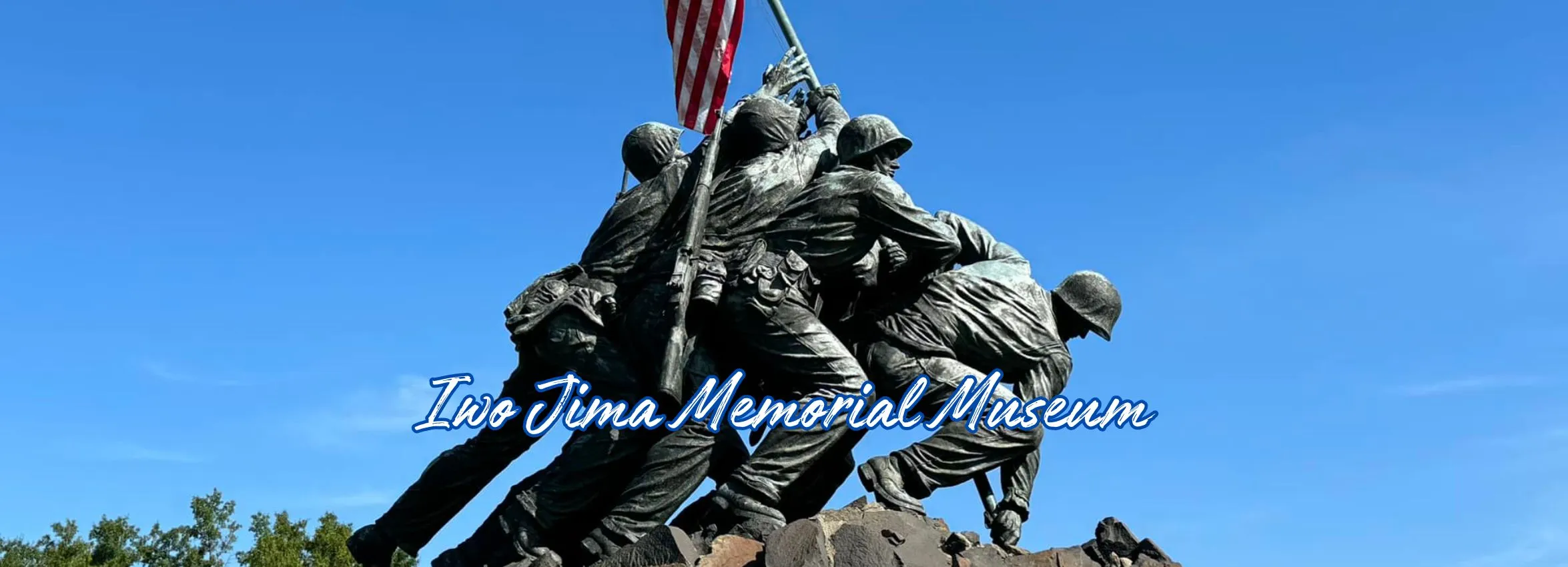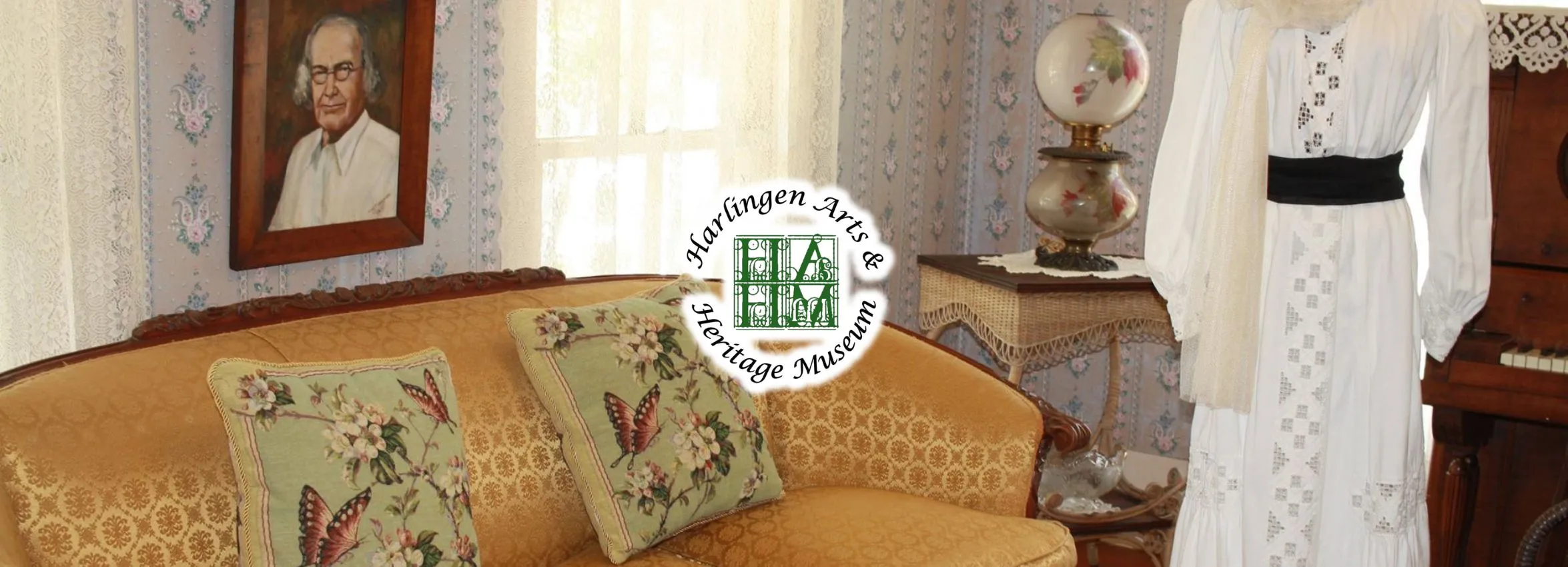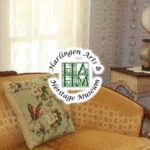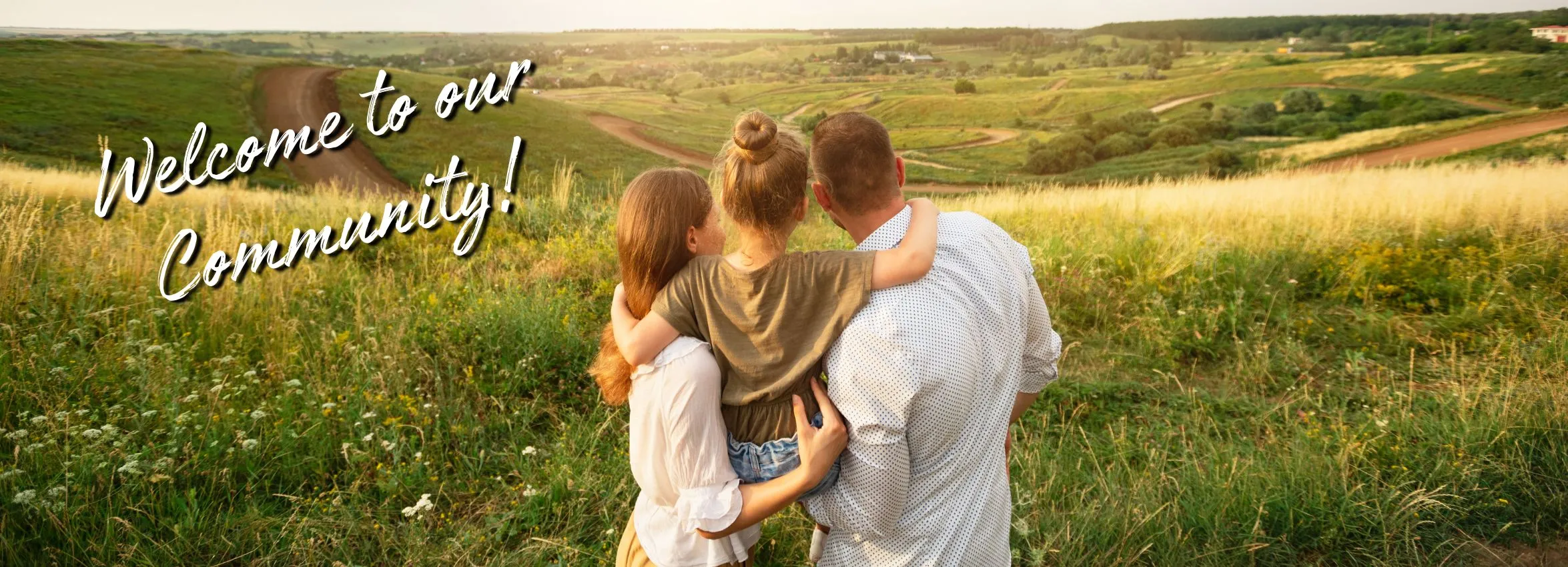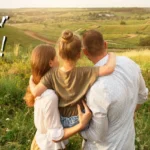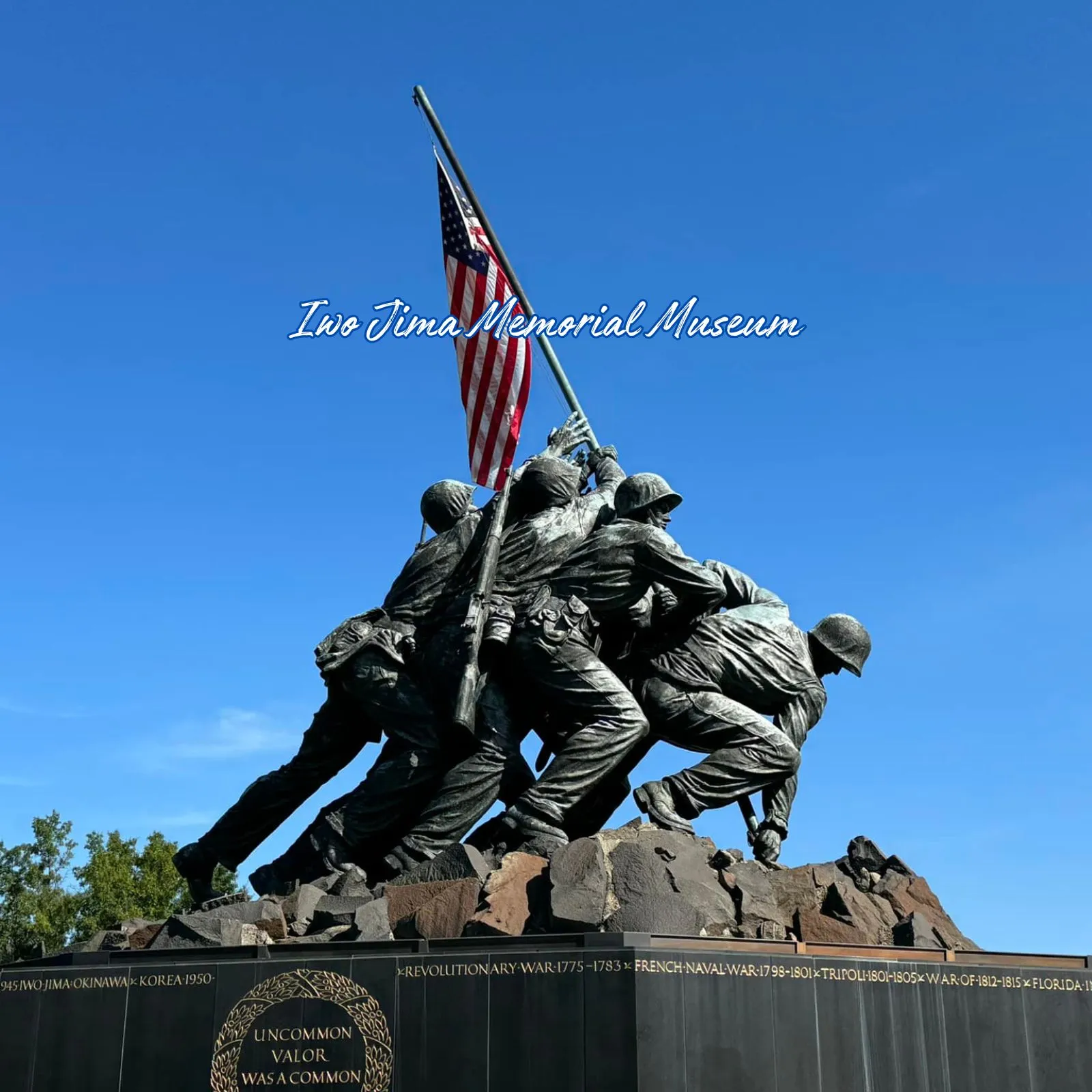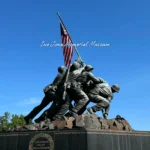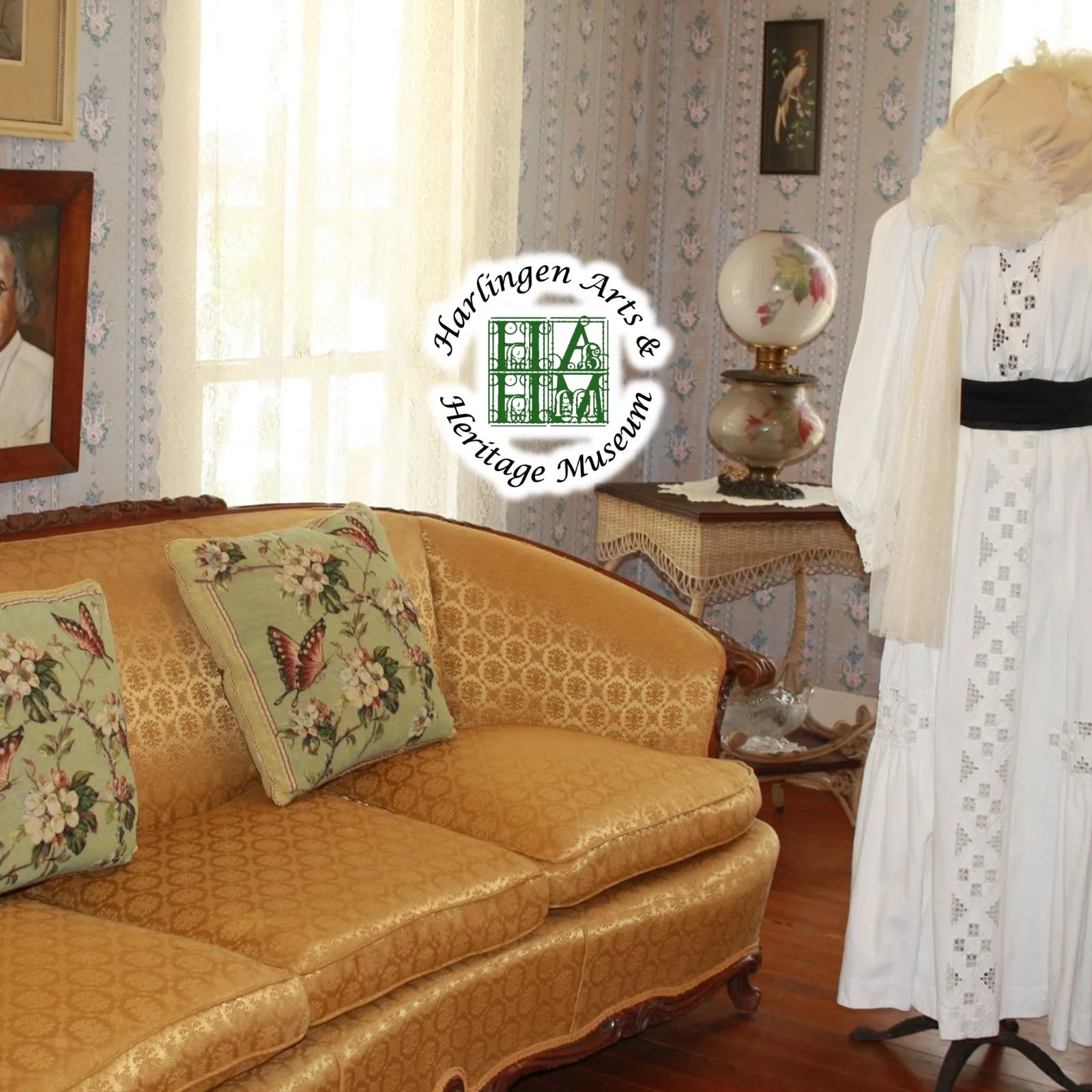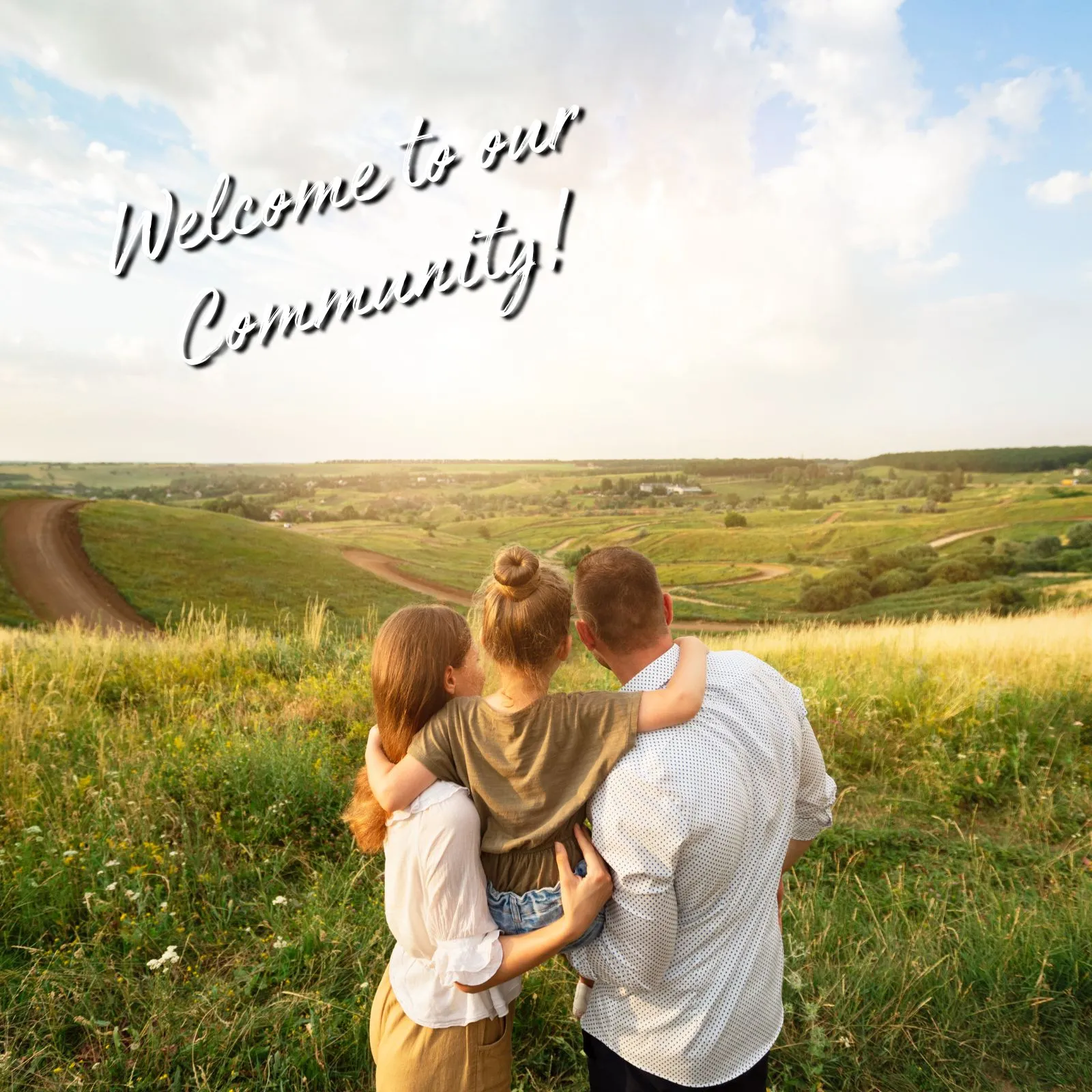History of Harlingen Texas: A Chronicle of Heritage and Progress
Harlingen’s story is a compelling narrative of growth, transformation, and community. From its early days to its current status as a key city in the Rio Grande Valley, Harlingen has continually adapted and flourished, making it a unique study in Texan history. In this article, we will dive deep into the history of Harlingen, Texas.
The Early Years: A Railroad Town
The Founding Vision
- Lon C. Hill’s Dream: Envisioning a pivotal commercial center, Hill named the city after Harlingen, Netherlands, due to the perceived similarities in the landscape.
Railroad Influence
- Arrival of the Railroad: The completion of the St. Louis, Brownsville, and Mexico Railway was crucial, turning Harlingen into a transportation hub and attracting settlers.
Agricultural Beginnings and Economic Development
Cotton and Citrus
- The Cotton Boom: In the early 20th century, Harlingen became a significant player in the cotton industry, which dominated the local economy.
- Citrus Industry Growth: Alongside cotton, the citrus industry flourished, further diversifying Harlingen’s agricultural base.
The Impact of Infrastructure
- Development of Irrigation Systems: Innovations in irrigation propelled agricultural success, supporting various crops beyond cotton and citrus.
Mid-20th Century Transformations
World War II and Its Effects
- Military Influence: Harlingen Army Air Field, established during World War II, became a critical training site and brought economic growth.
Post-War Growth
- Economic Diversification: Post-war, Harlingen expanded into industrial and retail sectors, reducing its economic dependency on agriculture.
Harlingen’s Cultural Tapestry
Melting Pot of Cultures
- Diverse Demographics: The city’s location made it a melting pot of Mexican and American cultures, enriching its social fabric.
Educational and Social Development
- Growth of Educational Institutions: The establishment of schools and higher education institutions contributed to the community’s development.
Modern Harlingen: Economic Diversification
Industrial Expansion
- Development of Industrial Parks: To accommodate a growing industrial sector, Harlingen developed several industrial parks in the late 20th century.
Retail and Healthcare Growth
- Retail Expansion: The opening of Valle Vista Mall in 1983 marked a significant development in Harlingen’s retail sector.
- Healthcare Sector: Harlingen has become a regional healthcare hub, with facilities like Valley Baptist Medical Center driving employment and services.
Harlingen Today: A Hub for Ecotourism and Trade
Birdwatching and Ecotourism
- World-Renowned Birding Destination: The Rio Grande Valley Birding Festival highlights Harlingen’s status as a premier location for birdwatching.
International Trade
- Trade with Mexico: Harlingen’s strategic location near the border facilitates robust trade relations with Mexico, boosting the local economy.
Harlingen’s Architectural Heritage
Preservation of Historical Sites
- Historic Downtown: Efforts to preserve historic buildings downtown retain the city’s architectural heritage and attract tourism.
Community and Culture in Harlingen
Festivals and Community Events
- Cultural Celebrations: Events like the Rio Grande Valley Birding Festival and annual Independence Day celebrations foster community spirit and attract visitors.
Conclusion: History of Harlingen Texas
Harlingen, Texas, is a city with a rich history that continues to evolve. From its early days as a railroad and agricultural center to its current status as a hub for healthcare, retail, and international trade, Harlingen remains a vibrant community with a strong sense of identity. The city’s ability to adapt and grow, all while preserving its unique cultural heritage and historical sites, ensures that Harlingen will continue to thrive and attract new generations of residents and visitors alike. As we look to the future, Harlingen stands poised to maintain its role as a dynamic leader in the Rio Grande Valley, celebrating its past while looking forward to new opportunities and achievements.
